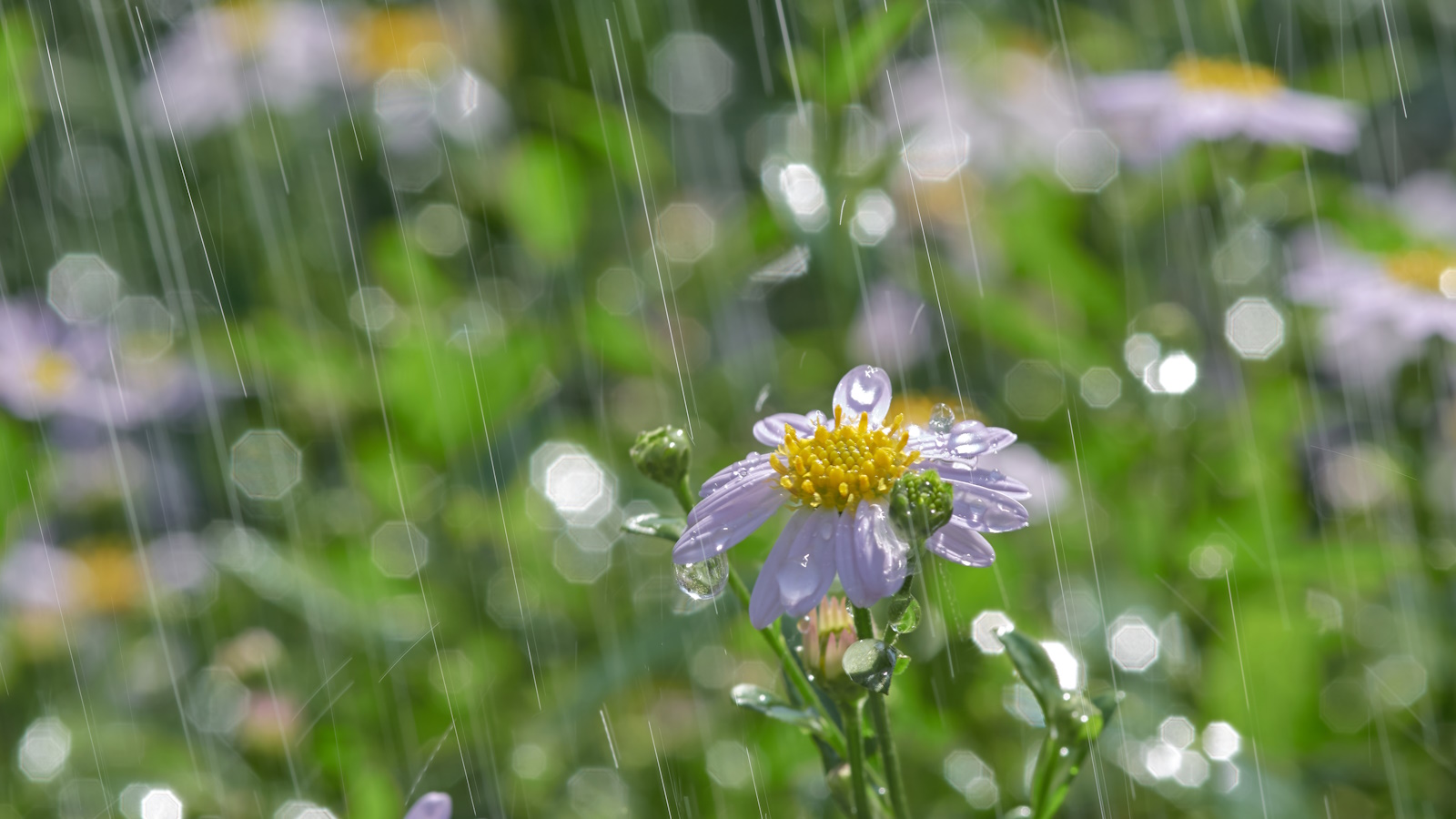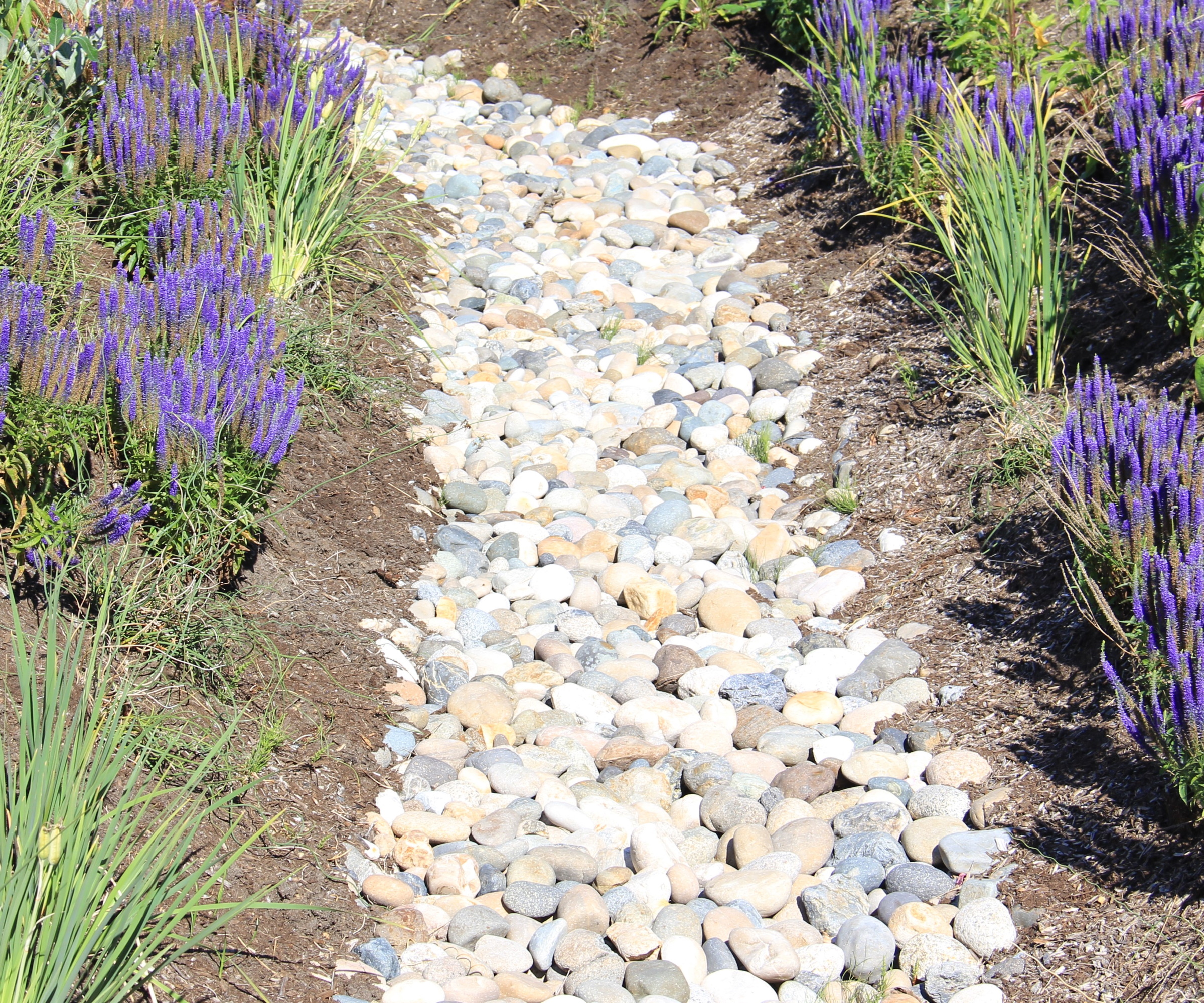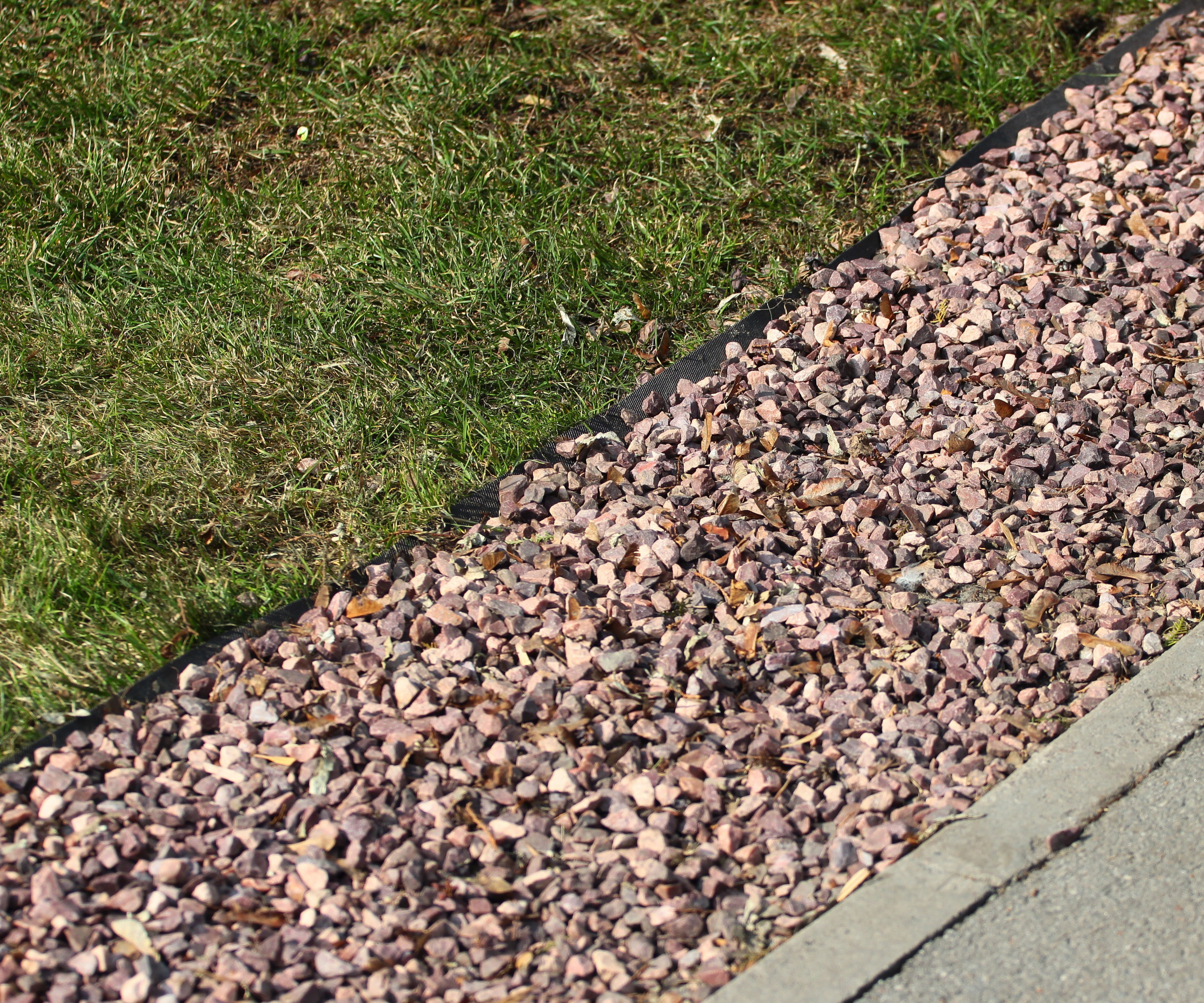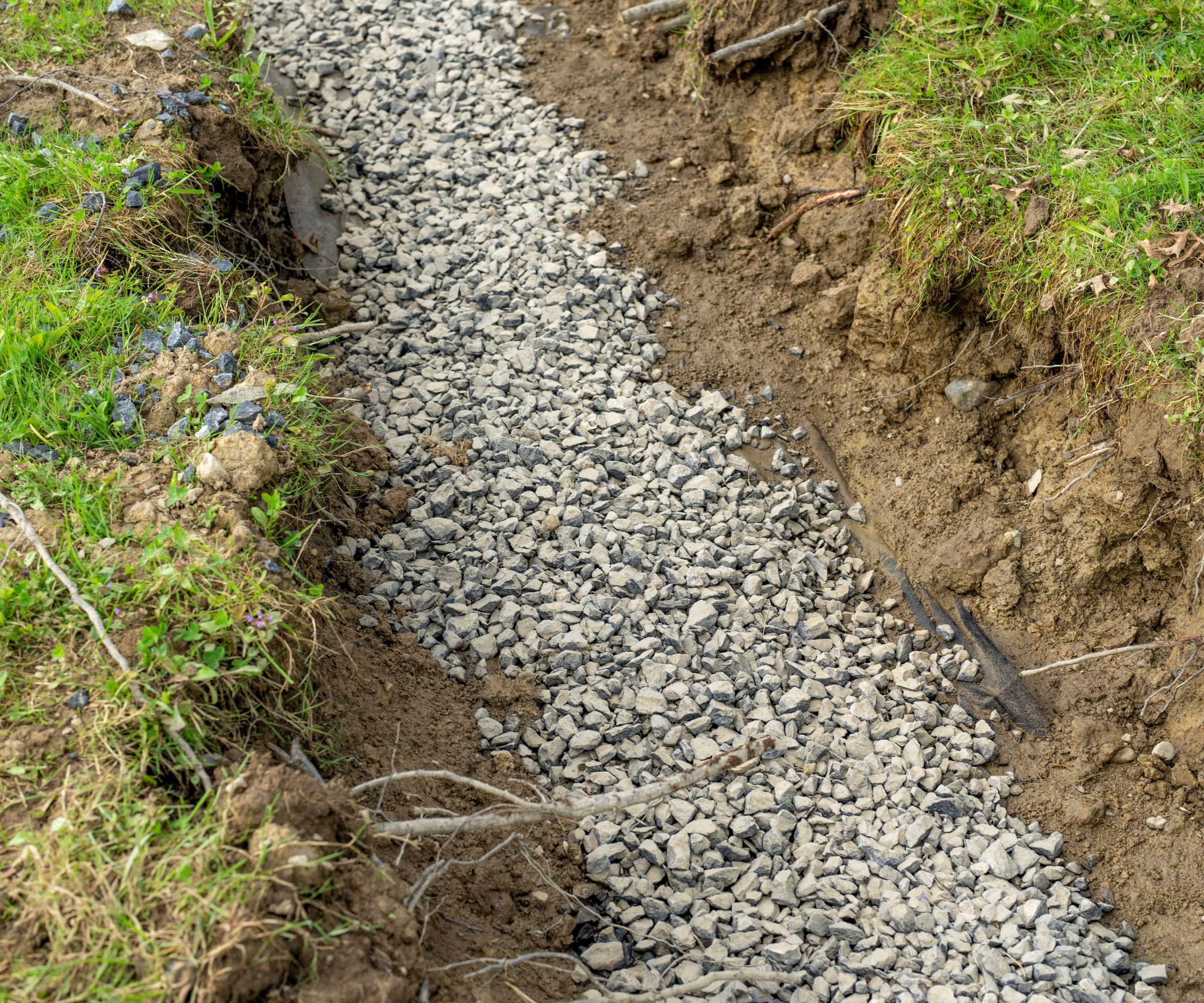French drains vs dry wells – which is best for backyard water management?
We put two common drainage solutions head to head to see which is best for your home


The depths of winter mean a lot of rain, and it can be tricky to handle it all. Without proper drainage, your lawns and flowerbeds will become waterlogged, killing your plants before spring arrives. In the worst cases, standing water in your yard can cause damage to the foundations of garden buildings or even your home.
There are two popular options when it comes to handling water in a backyard: French drains and dry wells. However, if you aren't a pro landscaper, it may not be clear which water management system you need.
I spoke to an award-winning landscaper about these two ways of managing rainwater, and while a French drain is usually the better choice, there's still a place for a dry well.
What's the difference?

The two drainage systems differ in that a French drain moves groundwater away from an area, but a dry well collects stormwater and slowly releases it back into the water table.
Landscaper Benjamin Hanley explains: 'A French drain is a perforated pipe (pipe with holes) that is buried in a trench filled with rock. The drain is designed to redirect surface and groundwater away from an area, most typically a foundation.' French drains are usually a good option near patios or around sheds and other garden buildings. They quickly move water away from the foundations of a building to protect it from water damage.
A dry well, on the other hand, collects a large amount of water and slowly releases it back into the ground. Benjamin Hanley says: 'A dry well is an underground structure that collects water and disperses it into the ground in a single location at the drywell. It's typically a large, perforated tank or pit.'

Benjamin Hanley is an award-winning landscape designer and founder of Hanley Landscape Design based in Newport, Rhode Island. He is a CRMC Certified Invasive Manager (State of Rhode Island, Coastal Resources Management Council Certified Invasive Manager (IM), and a professional member of the Association of Professional Landscape Designers (APLD). Hanley has worked on projects for The National Park Service, Marriott Hotels, The United States Navy, and countless other residential and commercial clients.
Which drains the fastest?

If you need fast drainage, your best option is a French drain. Benjamin explains: 'A French drain is usually faster to disperse water in most scenarios as it relies on gravity to move stormwater away from the source through a perforated pipe.'
Design expertise in your inbox – from inspiring decorating ideas and beautiful celebrity homes to practical gardening advice and shopping round-ups.
For the worst groundwater, a French drain moves it on quickly. However, if you live somewhere that sees a lot of winter storms, consider a dry well.
Benjamin says: 'A dry well is slower because it collects water at a single location and allows it to disperse slowly.' While a French drain can move water quickly, a dry well will slowly and evenly deposit the water back into the soil, preventing the ground from being saturated with water.
French drains for clay, dry well for sand
The two systems vary by soil type, too. If you have clay soil, as is often found in the Midwest, a French drain is the best option. If you live somewhere like Florida with sandy soil, a dry well may work better.
Benjamin Hanley explains: 'French drains are usually best for clay soils as the drainage is poor; a dry well can struggle to disperse water into clay. However, a dry well can sometimes be a better pick for sandy or loamy soils.'
However, it's worth talking to a professional landscaper. Benjamin warns that finding the right drainage solution is 'highly dependent on individual site conditions'. Just because you have sandy soil, don't rule out a French drain as a solution to groundwater issues.
Which is the cheapest?

While it depends on local prices for parts and labor, a French drain is usually the cheapest to install, and you can do it yourself. Once you've identified the right spot - usually on a slight downward slope away from a building - all you need to do is dig a trench, fill it with a permeable membrane from Amazon, and then lay some perforated pipe like this from Ace Hardware. Cover it with gravel and you have a French drain that will direct water away from lawns and foundations.
A dry well, however, is usually more expensive. For example, this dry well kit at Home Depot costs almost $500, and you need to excavate a large hole for it.
You can also combine both options
You can also combine the two systems. Benjamin says that in the specific condition of 'high amounts of surface runoff and normal amounts of groundwater', you can use a French drain to quickly transport a lot of surface water to a dry well.
This combines the speed of the French drain with the slow release of a dry well, you quickly move runoff to a safer storage place without overloading groundwater levels.
However, French drains and dry wells aren't your only option for dealing with excess rainwater. Benjamin Hanley says 'While French drains and dry wells are commonly known by many homeowners, there are many other drainage options, such as surface drains, catch basins, and rain gardens. Always consult with a professional to assess your site and determine the best drainage solution based on your site conditions.'

As a gardens and lifestyle contributor, Alex makes sure readers find the right information to help them make the best purchase. Alex got his start in reviewing at the iconic Good Housekeeping Institute, testing a wide range of household products and appliances. He then moved to BBC Gardeners’ World Magazine, assessing gardening tools, machinery, and wildlife products.